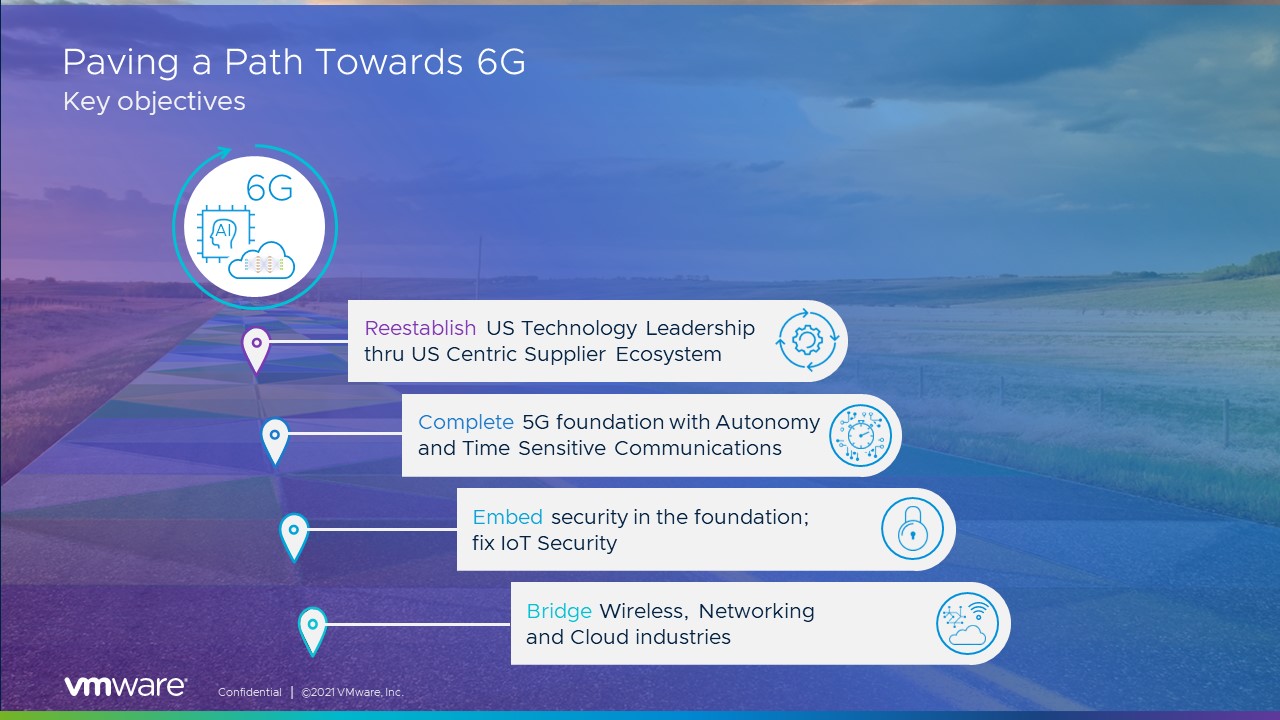Just as the internet was the catalyst for the Web, 5G will be transformative in propelling the next great wave of emerging technology.
Why? The experts say 5G will help us realize the potential of a fully connected world. Fast, intelligent internet connectivity enabled by 5G technology could create $3.6 trillion in economic output and 22.3 million jobs by 2035.

Breaking It Down: 5G
So, what is 5G and how does it work? I’m glad you asked.
5G stands for “fifth generation,” as in the fifth generation of cellular network technology. To be more specific, 5G is a type of telecommunications network that will provide mobile, land, and cable service to consumers and businesses worldwide.
With 5G, we’ll see another transformation that could make next-gen technologies like virtual and augmented reality, AI, and even drones part of our everyday lives without requiring a lot of specialized equipment.
Five Potential Benefits of 5G:
- Super-fast broadband: Faster service and streaming, particularly in high-density areas (i.e., sports stadiums).
- Ultra-reliable low-latency communication: Faster transmission of data, which supports use cases like autonomous cars.
- Massive machine-type communications: Allowing many devices to transmit data at the same time, enabling use cases like smart cities.
- High reliability, high availability: Allows a system or system components to be continuously operational for a desirably long length of time.
- Efficient energy usage: Reduces the amount of energy required to provide products and services.
From Buzz to Reality
To ensure 5G deployment accelerates and its components and interdependencies are understood, there must be strong collaboration between stakeholders.
As 5G towers continue to spread and underlying technology advances continue to make their way from labs into consumer devices, the 5G experience will improve. At some point over the next few years, 5G-powered smartphones, tablets, laptops, wearables, and XR will be common.
What’s Next?
If we're learning anything from 5G implementations, it's that the demand for connectivity is increasing at an exponential rate as wireless communication is becoming more and more essential to our daily lives.
As demand for connectivity increases, it's time to begin defining the 6G standard, and understanding the benefits and challenges that 6G will present.

Once fully realized, a 5G connected world is anticipated to be an ecosystem of interconnected intelligence components, systems and fabrics enabled with a fusion of technologies that sit at the intersection of wireless, networking, and cloud industries.
VMware aims to bridge these somewhat disparate industries for the unification of cross-sectional technologies that maximize the interoperability while maintaining individual differentiation of each. This is a sustainable win-win for all.
Kaniz Mahdi, Vice President of Advanced Technologies, VMware
